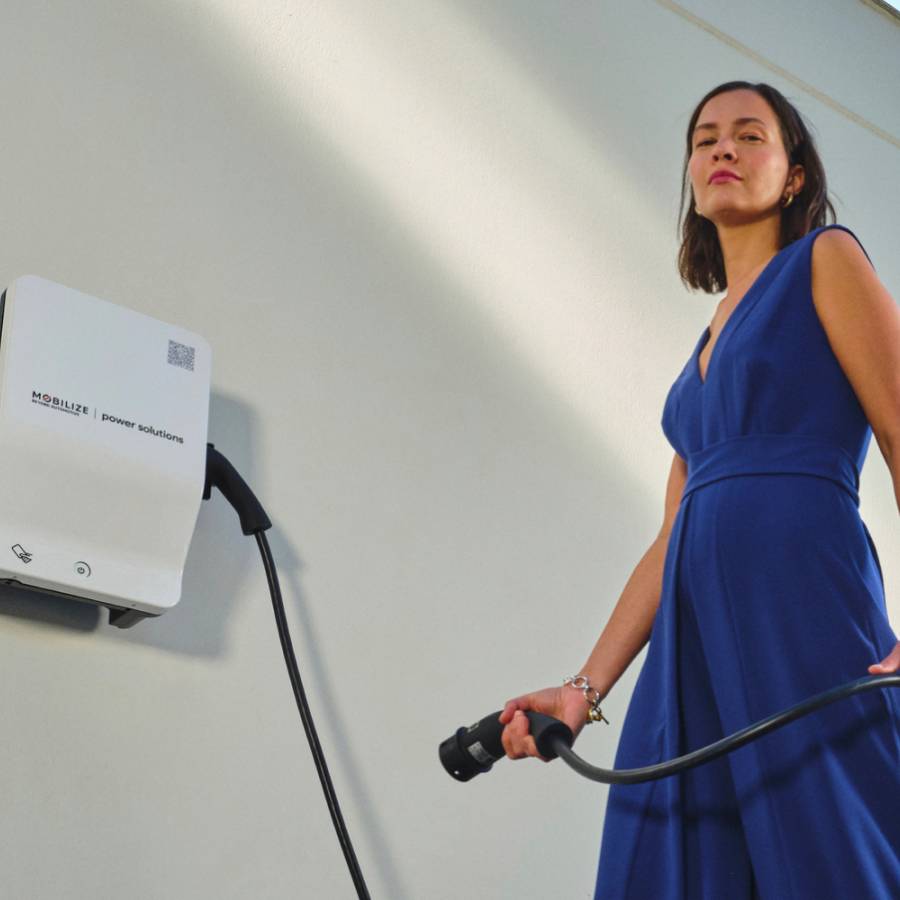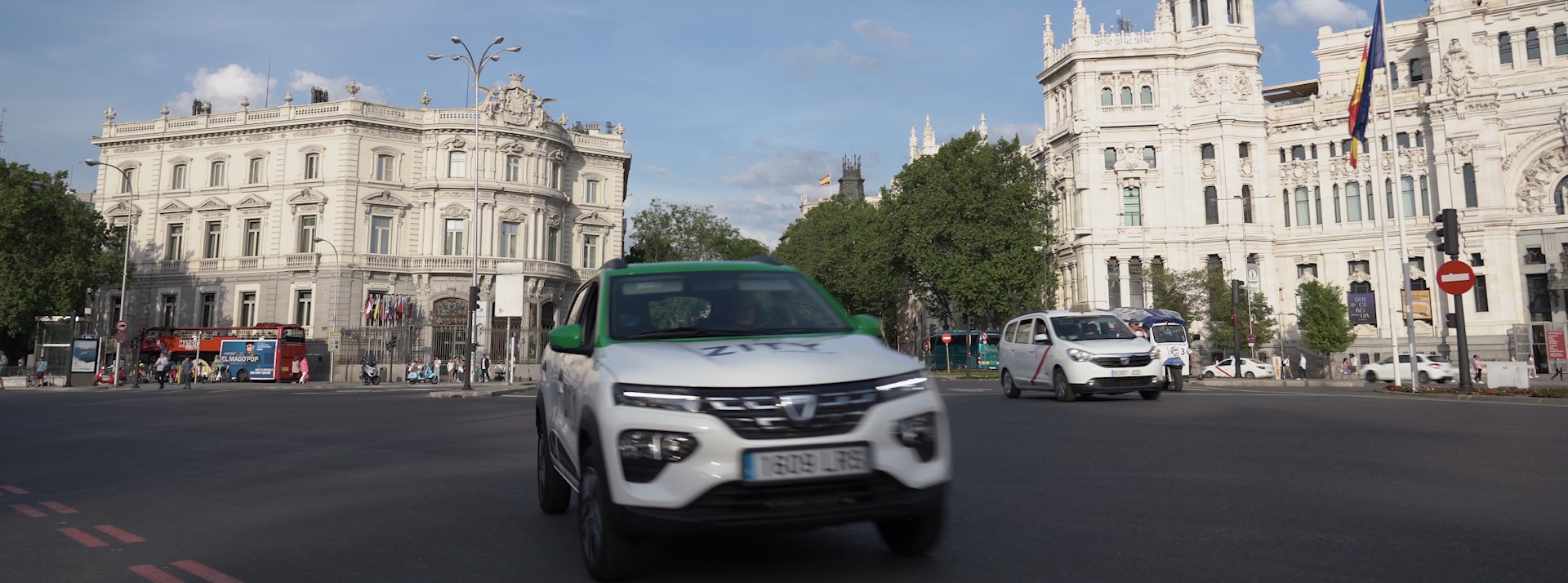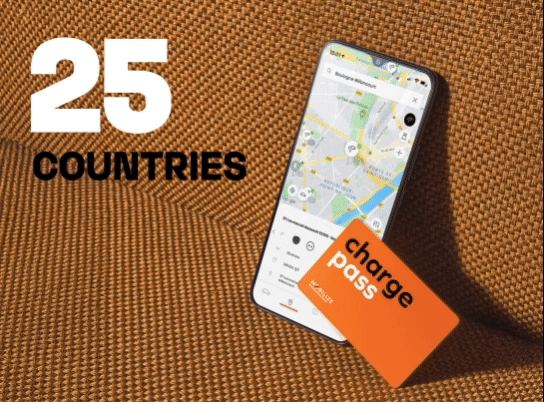In light of social distancing measures introduced during the pandemic, the idea of sharing seems to have taken a backseat for now. What consequences has the pandemic had on shared mobility and carpooling?
As a member of the board of directors for Som Mobilitat (a vehicle-sharing cooperative based in Catalonia), I got to experience this crisis from the inside. We’d experienced tremendous growth over the last two years, and overnight, everything collapsed with the lockdown. Between March and May, we experienced a brutal 85% drop in reservations.
This period also taught us a lot. We of course increased health and safety measures by putting gel and masks in every shared vehicle, and by airing out each one between uses—but what this crisis also provided was a lesson in community solidarity. Very quickly, we made vehicles including the Renault ZOE available to health professionals so that they could travel to and from the hospital more easily.
We also gained important insight into general public feeling. Though lockdown was a difficult time, we noticed that the public nevertheless seemed to appreciate having a city that was less crowded and less polluted, as much in terms of sound and visual pollution as in terms of CO2 emissions.
This kind of clean city is something shared mobility can help make possible. We’re contributing to it with low-emission vehicles and optimised trips. We think this experience should motivate local councils to adopt shared mobility policies in the future.
We tend to think of shared mobility in terms of connecting people — but could we say that the future of shared mobility depends more on successful data-sharing than on sharing between people?
Absolutely. Creating efficient shared transport is largely a question of how to handle data in order to make trips as fluid as possible. The goal is to arrive at a real MaaS (Mobility as a Service) model in which you can easily share information, book vehicles, or even calculate the best way to get from point A to point B (in terms of travel time or environmental impact), using a mix of public transport, private transport, and the other complementary services available. This is not a new model: it was invented in 2006 by a Finnish man named Sampo Hietanen, who describes it as “the Netflix of mobility.” But putting it in place can be complex sometimes due to the data-sharing that’s required to develop these kinds of services. I’d nevertheless say that there are many projects being developed that indicate things are going in the right direction.
Creating efficient shared transport is largely a question of how to handle data.
If I had to highlight one in particular, it would be the test project Renfe as a Service (RaaS), an A-Z mobility experience that allows you to access all Renfe services (Spain’s national railway company) alongside third-party services within a single app. By making multiple mobility services available, you make the user journey more efficient to and from train stations. By sharing data, we can create a truly integrated system that makes passenger mobility truly fluid. I think we have to move towards this model of data integration.
Your consulting firm Six-Ter champions the idea of a sharing economy that fosters inclusion using the principles of a social solidarity economy. Could you give us some examples of how shared mobility contributes to inclusion?
I think that the idea of inclusion underpins the sharing economy philosophy. Once again, there are many projects I could cite, but I’m a particular fan of what Taxistop is doing in Belgium by making social solidarity initiatives an integral part of their objectives, whether in terms of housing or mobility. I could also cite Mobicoop, a company that’s bringing transport services to the populations and places that need the most.
And in a larger sense, I think that technological advances like self-driving vehicles will also help contribute to greater inclusion. I still remember my 72-year-old mother’s reaction upon discovering Waymo and its self-driving car service. She was extremely enthusiastic about the possibilities a service like that could offer her.
By reducing the number of vehicles per person in service, the very nature of the sharing economy can help us reduce our environmental impact. What else is the shared mobility sector doing to take this even further?
To have real environmental impact, shared mobility needs to be structured collaboratively, and involve all key players: cities, infrastructure, manufacturing… but also all the different sectors that are linked to mobility: delivery services, ports… Everything is interconnected. Shared mobility is a collective pursuit—and each link in the chain has to work towards sustainability. If, for example, infrastructure makers decide not to get involved, manufacturers won’t have enough reason to develop electric-powered services.
To have real environmental impact, shared mobility needs to be structured collaboratively.
Returning to the example of delivery services, in Barcelona, the growing number of “Amazon-type” deliveries taking place is creating real congestion issues. So logistical solutions like building more pickup points can help reduce traffic and thus reduce greenhouse gas emissions. Logistical optimisations like these are also a part of shared mobility.
It’s clear that working together is essential, and that such efforts will require a kind of collective coordination — if only to avoid ‘silo-thinking’ in which everyone works alone on their own solution. How do we encourage this?
I very much believe in mobility hubs. For me, they’re the best way to encourage open innovation that truly involves all parties. There are already several exciting projects like this underway—for example Railgroup, the most innovative cluster in my opinion, which is a perfect example of how to apply the principles of open innovation. In Europe, I could cite EIT Urban Mobility, which is made up of 40 members (cities, public transport providers, universities…) that work together to envision the future of mobility. Here in Barcelona, industrial actors come together at Cámara de Comerç de Barcelona to invent future mobility systems. And the Barcelona Global consortium — a group of the most important companies in the region who are working to promote a new model of mobility that’s more sustainable, safe, efficient, and inclusive. In their manifesto, they presented policy leaders with 15 concrete mobility solutions, from parking projects, to the use of big data, to an overhaul of public transport. So, I think that the future of mobility will have to be shared.
Not only in the sense of sharing between the final users, but in the sense of sharing the design and ideation process, too.
About Judit Batayé
- Over 20 years of experience working on innovation projects in the mobility sector
- Director of Six-Ter, a consulting firm focused on social innovation and sustainable mobility.
- Member of OuiShare, advising on themes related to the future of sustainable mobility
- Co-founder of COVIDWarriors, a non-profit organisation working to accelerate social, technological, and health-related projects that address the current crisis
Interview by Jérémy Lopes, L’ADN journalist
L’ADN is the media on innovation that every day analyses the best concepts of the new economy on the web and in magazine format.
Copyrights: Kaspars Upmanis via Unsplash, DR








































